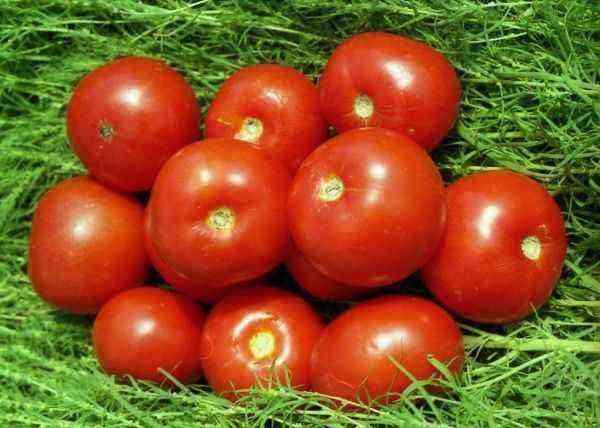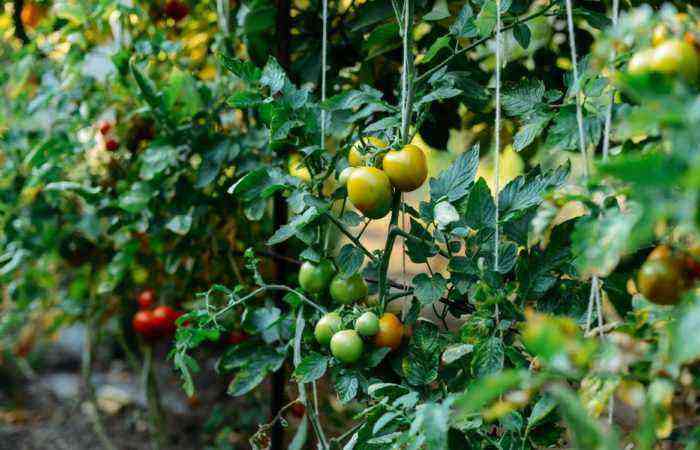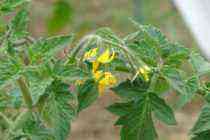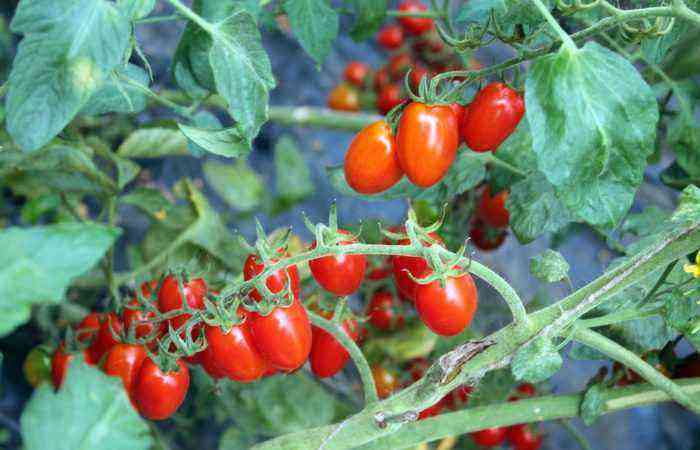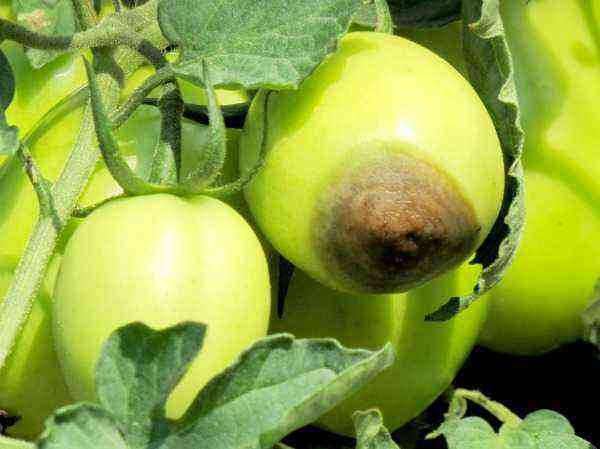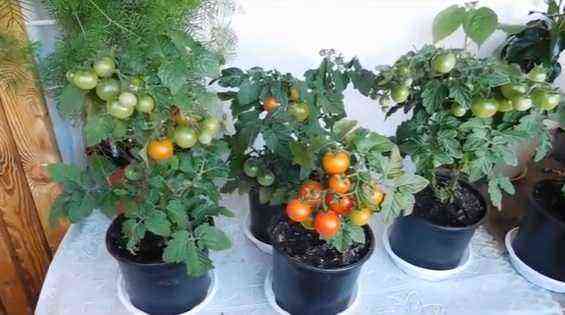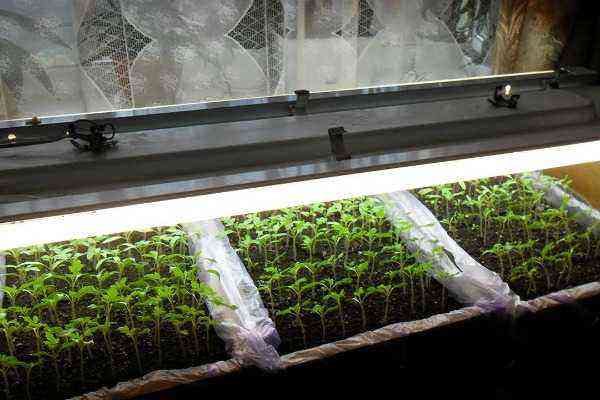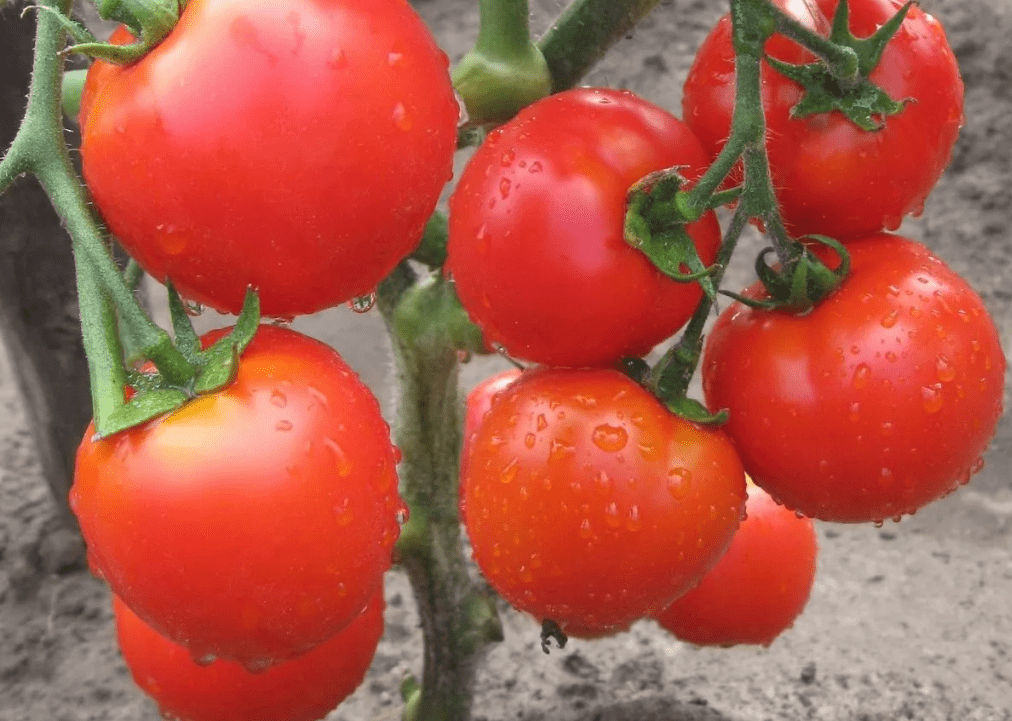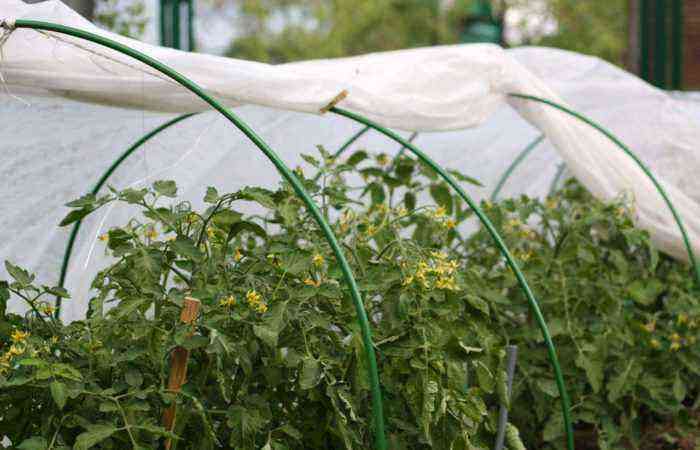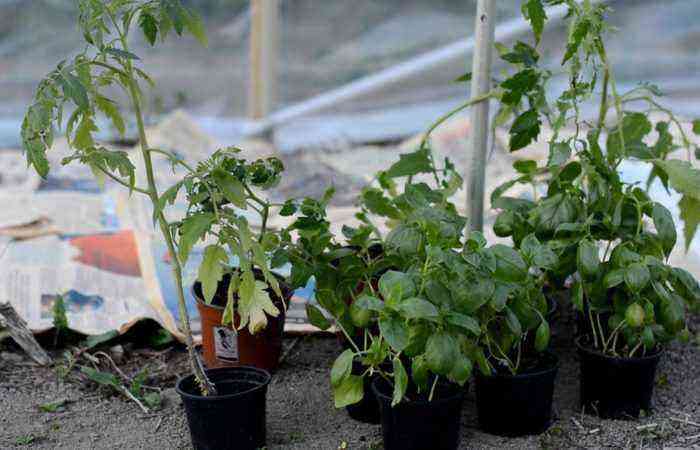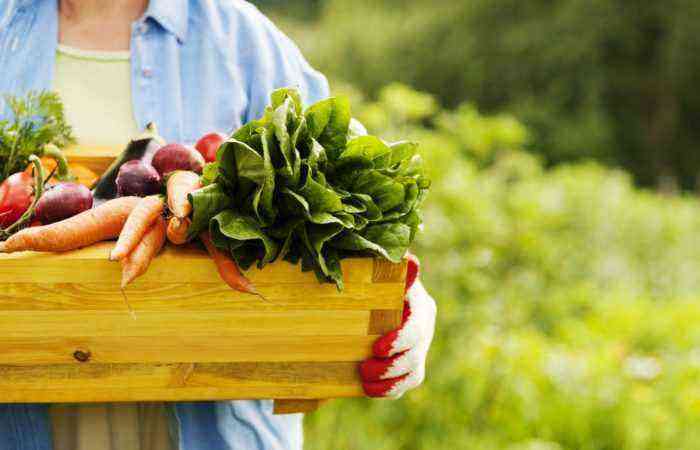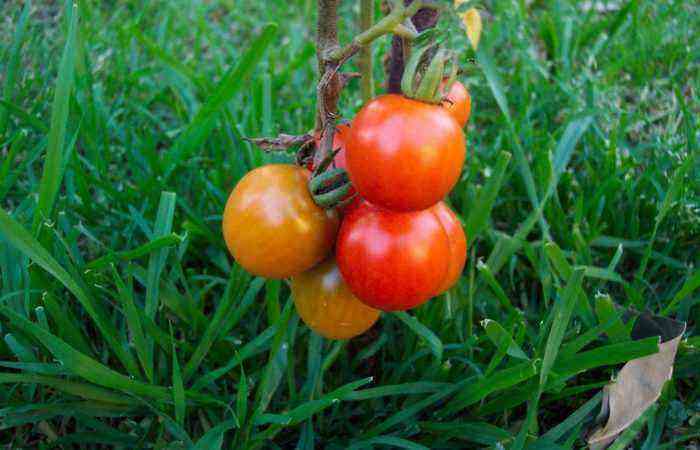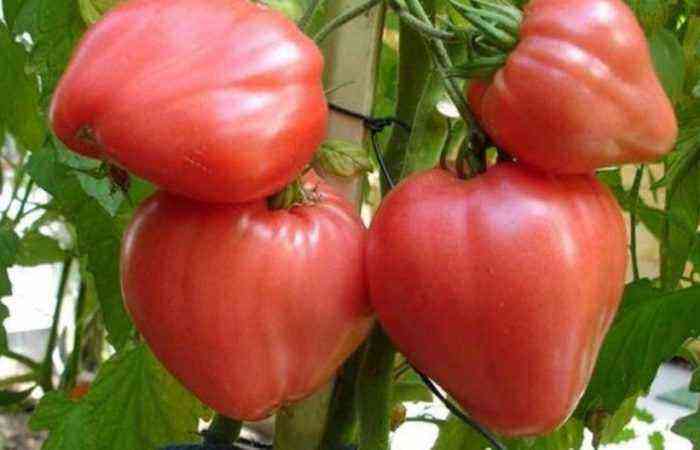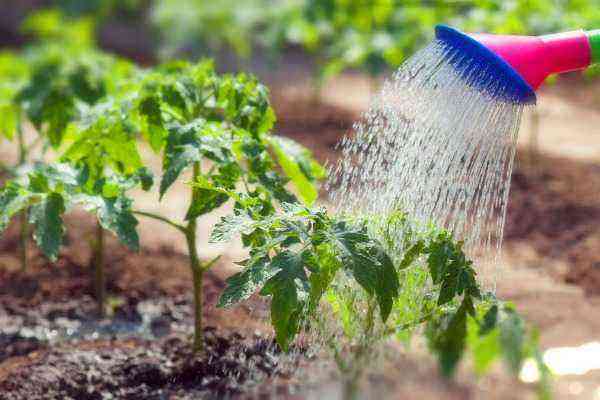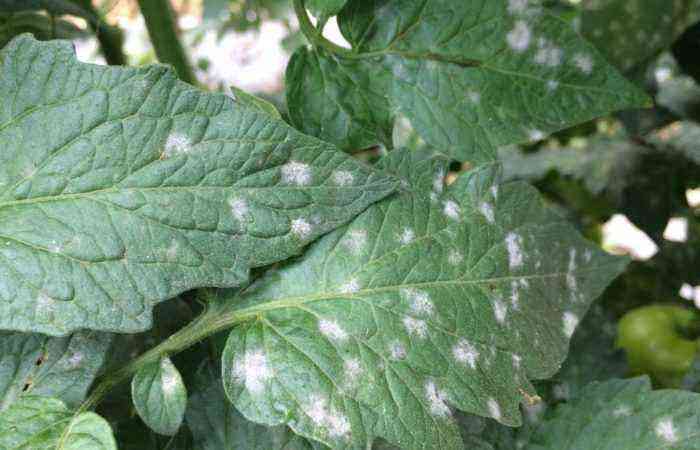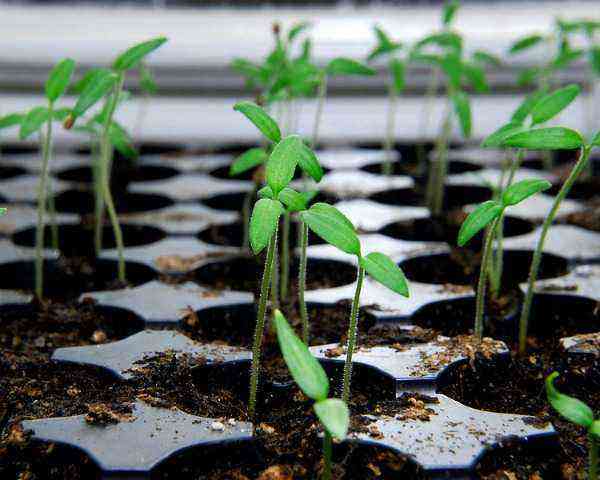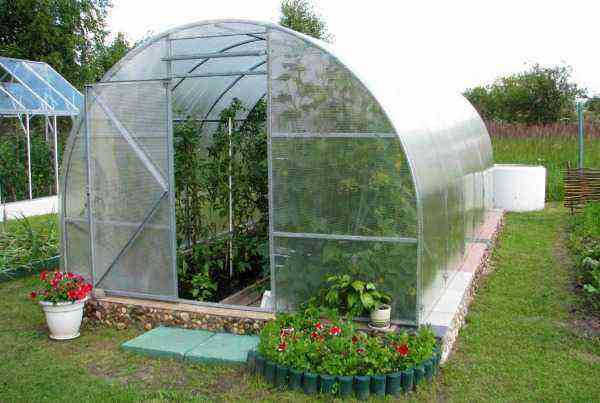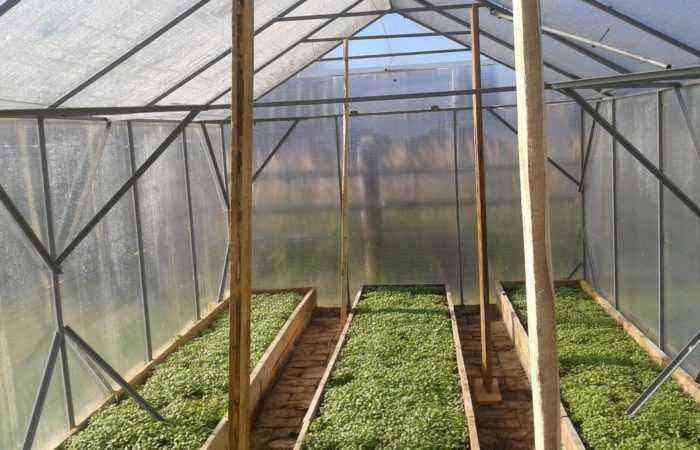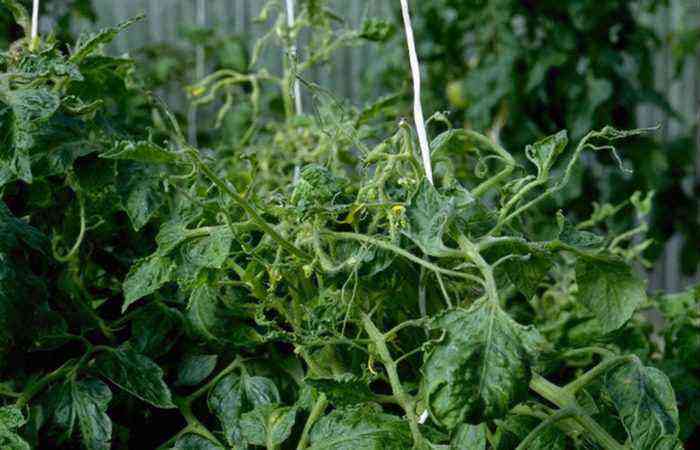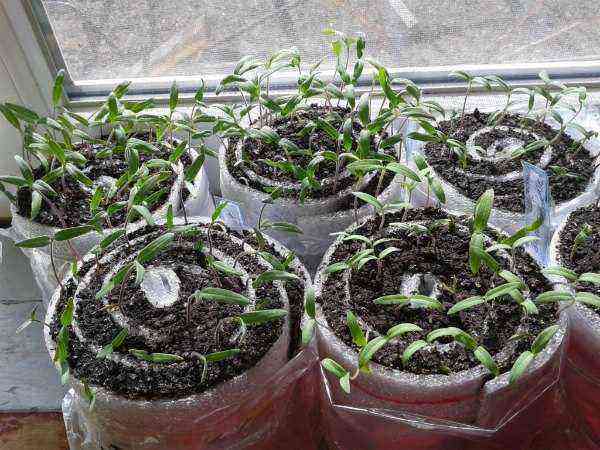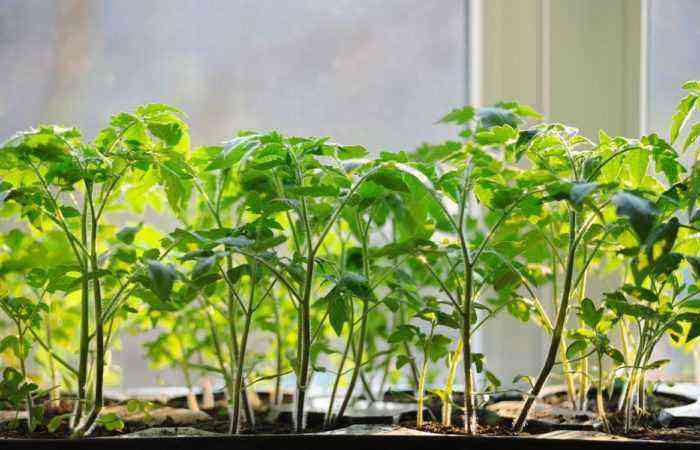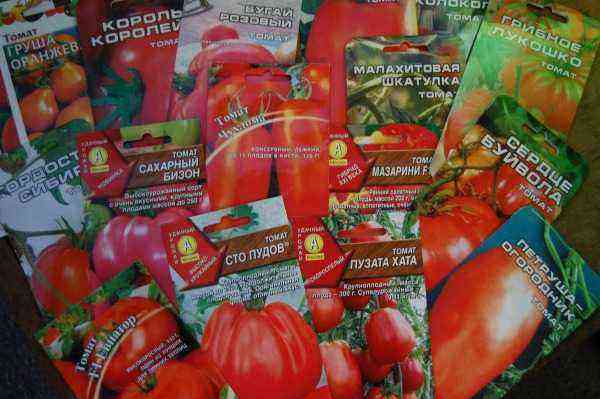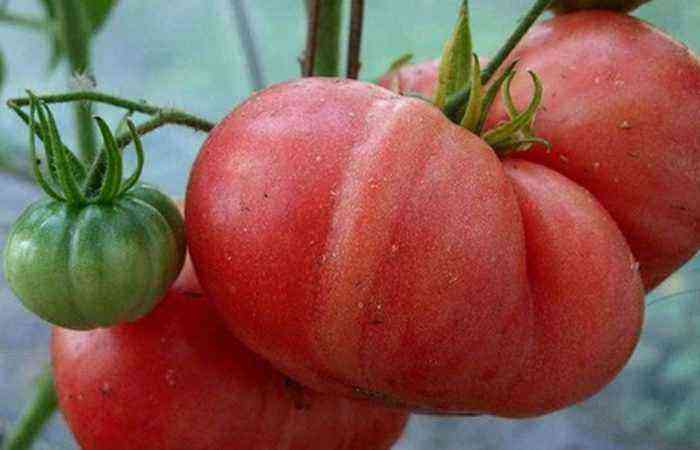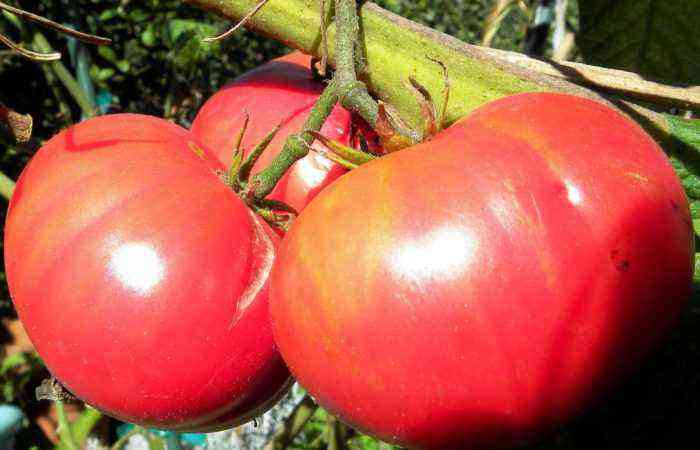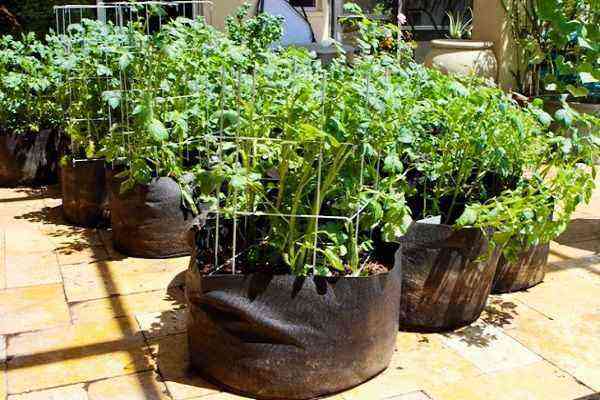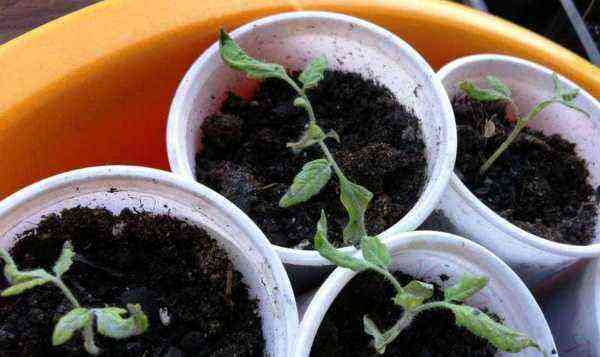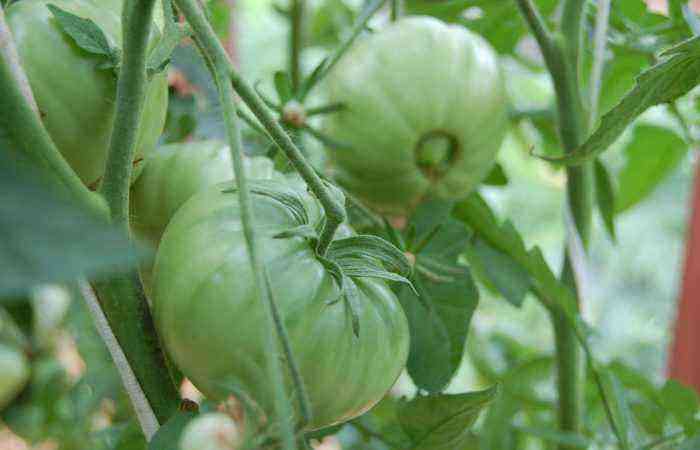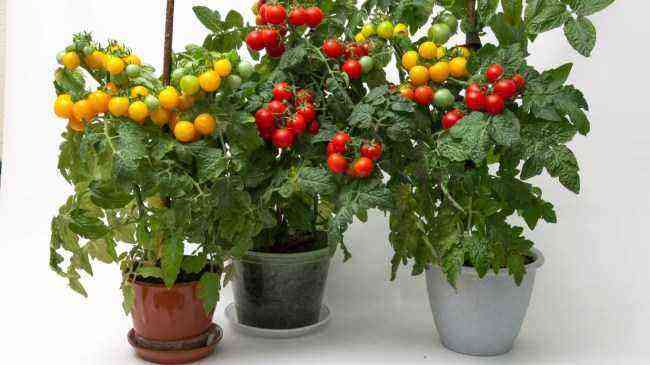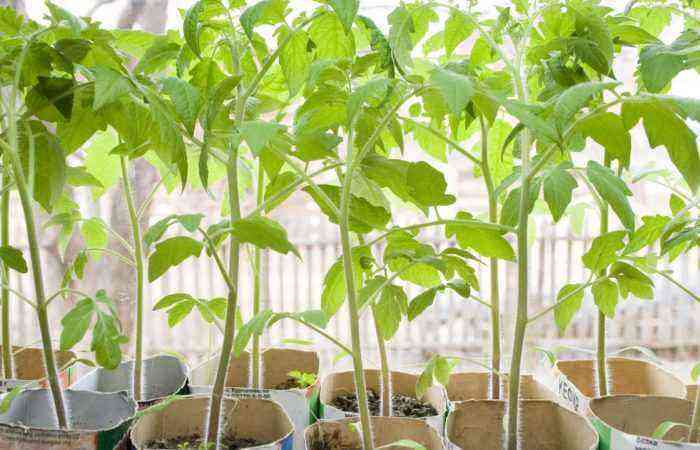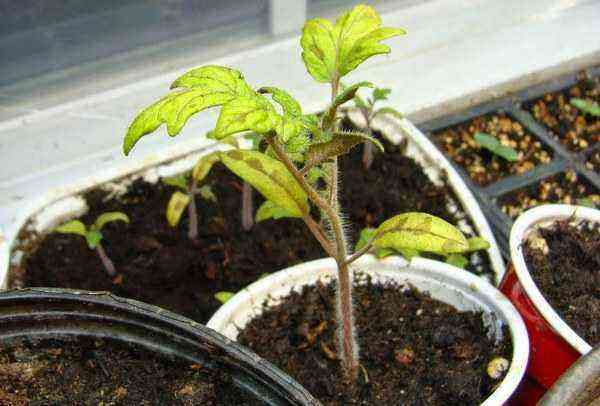Tomato crop rotation is an agrotechnical technology for obtaining a regular high yield. This is the alternation of tomatoes with crops of other families that do not suffer from the same diseases and pests, with different removal of nutrients from the soil.
With constant planting of tomatoes in one place, the yield drops by 30% or more. Dangerous phytotoxins accumulate in the soil, it loses its physical and nutritional properties. With the right approach, crop rotation can be observed in any area, including in small greenhouses.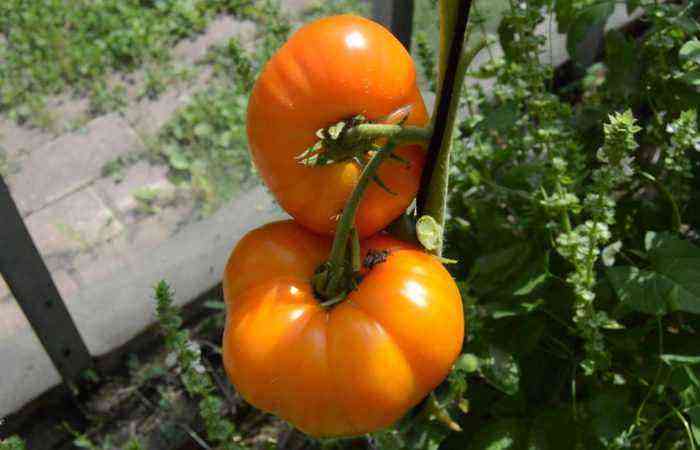
Why You Shouldn’t Plant Tomatoes After Tomatoes
In agriculture, there is a term “soil fatigue” – this is a sharp drop in yield when growing the same crops in one place for several years. It has nothing to do with the depletion of the soil as a result of the removal of nutrients from the soil by the crop and the violation of the physical properties of the soil. All this can be brought back to normal until the next season.
Soil fatigue is a more global problem, the correction of which requires a lot of time and money.
What happens in the soil with a monoculture of tomatoes:
- accumulation of toxic root secretions (colins);
- depletion of individual soil horizons (removal by tomatoes of the same nutrients from certain layers);
- accumulation of pathogens of fungal and bacterial infections;
- impoverishment of the diversity of soil microorganisms (increase in phytopathogens).
In such a land, “self-poisoning” of tomatoes with toxins often occurs, the development of plants is inhibited and the risk of infectious diseases increases.
As a result, tomatoes lose up to 30% of their yield in the second year. And so every year with re-planting in the same place, until the complete loss of the crop.
To avoid all this, agriculture alternates between different crops. Crop rotation prevents soil fatigue, reduces the risk of disease and yield loss. A certain place in it is occupied by tomatoes.
But not all vegetable growers can observe crop rotation. The obstacle is the presence of only one greenhouse. In this case, tomatoes can be planted in their original place after disinfection or soil replacement, cleaning of root secretions with green manure and replenishment of nutrients.
Features of the alternation of crops in the garden
In the crop rotation developed by agronomists, a certain order of planting different crops is established.
When alternating plants, the state in which the soil remains after them is taken into account. How much and what kind of nutrients they take out during the full cycle of their development, the toxicity of root secretions for subsequent crops.
Outdoor ground
The best option for growing tomatoes and other vegetables outdoors is to use a three-year crop rotation.
An approximate alternation of crops in the garden, depending on the requirements for the soil:
- first year (demanding crops: all types of cabbage, cucumber, zucchini, celery);
- the second year (crops with an average level of nutrient requirements: nightshade, pumpkin, all types of lettuce, onions, corn), if the soil is very depleted, then legumes are planted in the second year;
- third year (less demanding crops: all root crops, root parsley).
During the planning of crop rotation, the susceptibility of crops to the same diseases and pests is necessarily taken into account.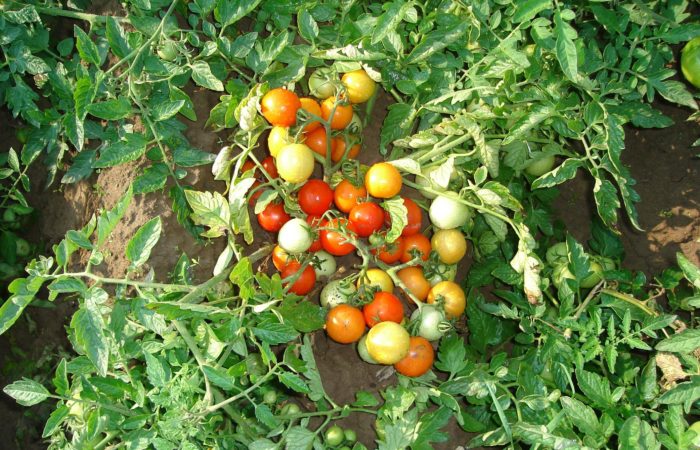
in the greenhouse
It is much more difficult to organize a crop rotation in greenhouses, which are almost always designed for tomatoes and cucumbers.
But still there are ways:
- 1 way. They divide the greenhouse into beds and change crops every year.
- 2 way. Holes are made in the garden and covered with soil mixture. After harvesting, the old substrate is selected and distributed over the site. The next year they fall asleep with a new substrate. It turns out that the soil changes under the tomatoes, but with less labor.
- 3 way. Complete soil replacement. To do this, they dig a trench, lay organic matter on it and fill it with soil mixture. In autumn, the contents of the trench are removed and distributed on the site, in the spring a new bed is made.
- 4 way. Clean the soil from root secretions by green manure.
To avoid the accumulation of infection, the greenhouse and soil are disinfected annually.
Then they plant tomatoes for the next year.
Tomatoes are very sensitive to predecessors. The plant is not planted immediately after the introduction of fresh organic matter – manure or compost. It is recommended to plant tomatoes after the “first row” crops, under which a large amount of organic matter is introduced.
The best predecessors of tomatoes:
- early white cabbage;
- cauliflower;
- cucumbers;
- legumes: beans, peas;
- bulb onions.
Valid predecessors:
- carrots, beets, turnips, radishes;
- greenery;
- cabbage of late varieties;
- layer of perennial grasses.
If the soil after the predecessor is severely depleted, it is recommended to plant legumes in this area first, and tomatoes the next year.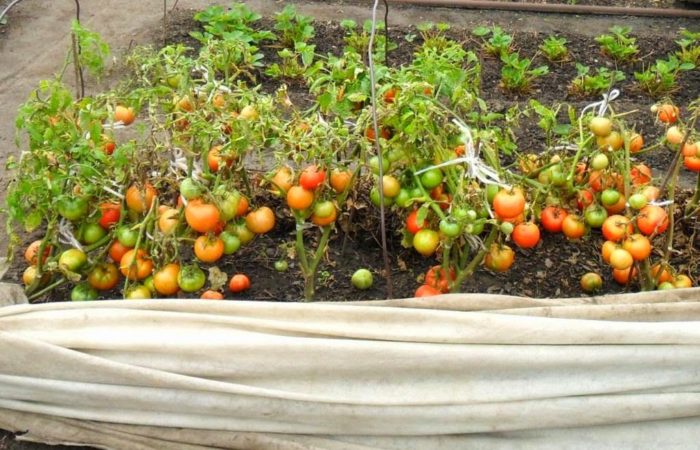
After which crops you can not plant tomatoes
Tomatoes are not planted after plants of the same family. They are subject to the same diseases and pests, have similar root secretions that are toxic to followers. During the season, a certain stock of pathogens accumulates on the site and the permissible threshold of pests increases.
These are all nightshade crops:
- potatoes;
- eggplant;
- vegetable pepper;
- tobacco;
- physalis.
You can not plant tomatoes in close proximity to potatoes. This leads to the rapid spread of phytophthora, damage to tomatoes by characteristic potato pests – wireworms and nematodes.
Do not place tomatoes after strawberries, despite the fact that this is not a biologically related crop. The place for garden strawberries is changed every 3-4 years. By that time, the soil is very depleted, it contains many small roots and root secretions.
In addition, the culture has a common disease with tomatoes – late blight. For the same reason, it is advisable not to place them in neighboring beds. The place after strawberries is sown with legumes or green manure crops, tomatoes are planted only the next year.
What can be planted after tomatoes
Tomatoes are among the crops with an average level of nutrient intake from the soil. They do not deplete the soil much, but they carry out almost all the nitrogen. Therefore, after growing tomatoes, nitrogen fertilizer is required at the request of a new crop.
After tomatoes develop well:
- peas, beans (saturate the soil with nitrogen);
- all types of cabbage (well tolerate nitrogen deficiency);
- cucumbers (before planting, manure or compost is introduced);
- zucchini, zucchini, squash;
- onion garlic;
- carrots, beets, radishes, turnips, rutabaga (compared to tomatoes, they have more deeply penetrating roots, they feed from other soil layers).
Tomatoes are returned to their original place after 3-4 years, before planting one of these crops. Ideally, you want legumes in the rotation. They restore and clean the soil well.
What can not be planted after tomatoes
Plants of the same family are not planted after tomatoes (potatoes, tobacco, vegetable peppers, eggplants and physalis – crops take out similar nutrients from certain soil layers, have the same pests and similar diseases). Do not plant strawberries.
It is advisable not to plant gourds with roots at the same depth after tomatoes. These are pumpkin, melon and watermelon. When deciding to plant gourds, the soil must be thoroughly fertilized.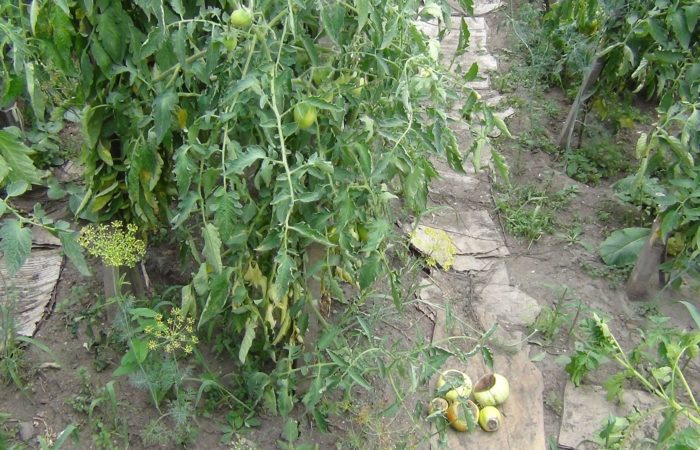
Soil sideration in spring and autumn: what siderates are used before and after tomatoes?
In small areas and in greenhouses, where it is difficult to adhere to a three-year crop rotation, green manure comes to the rescue. These are plants with roots that penetrate deeply into the soil, which enrich it with nitrogen, inhibit the growth of weeds, and eliminate root secretions and phytotoxins.
About 400 species of plants can act as green manure. But not every one of them is suitable for tomatoes.
All green manure planted before tomatoes should enrich the soil with nitrogen, repel characteristic pests and suppress the development of pathogens.
Before tomatoes are planted:
- white mustard;
- phacelia;
- beans, field peas;
- alfalfa;
- annual lupine;
- Shrovetide radish;
- Vick.
Green manure is best sown immediately after harvesting and harvesting plant residues. On average, after 20-30 days, a sufficient green mass is formed. It is mowed and embedded in the soil to a depth of 25-30 cm.
Spring sowing is carried out in April, when the soil in the greenhouse warms up to 10-12°C. It is not necessary to mow green manure before planting tomato seedlings. Holes are formed among green manure, removing plants just before seeding.
You can not wait until the seeds ripen in green manure, otherwise they will clog the site during the growing season of the main crop. Therefore, they are cut during the budding period before flowering.
Green manure after tomatoes should clean the soil well from phytophthora and form a large amount of nitrogen. These properties are: white mustard, oil radish, phacelia.
Crop rotation is a guarantee of soil health and an annual high yield. It’s not that hard to stick with it. In order not to get confused and correctly distribute crops over the site, you can start a separate notebook. Planting planning is best done in winter before purchasing planting material, not forgetting about intermediate plants – green manure.
